The Honda Civic: A Comprehensive Overview
The Honda Civic is a name synonymous with reliability, innovation, and value. For over five decades, the Civic has been a cornerstone of Honda’s lineup, earning a reputation as one of the most popular compact cars globally. It has evolved through various generations, reflecting changes in technology, consumer preferences, and environmental considerations. This article delves into the history, design, performance, and cultural impact of the Honda Civic, exploring why it remains a favorite among drivers worldwide.
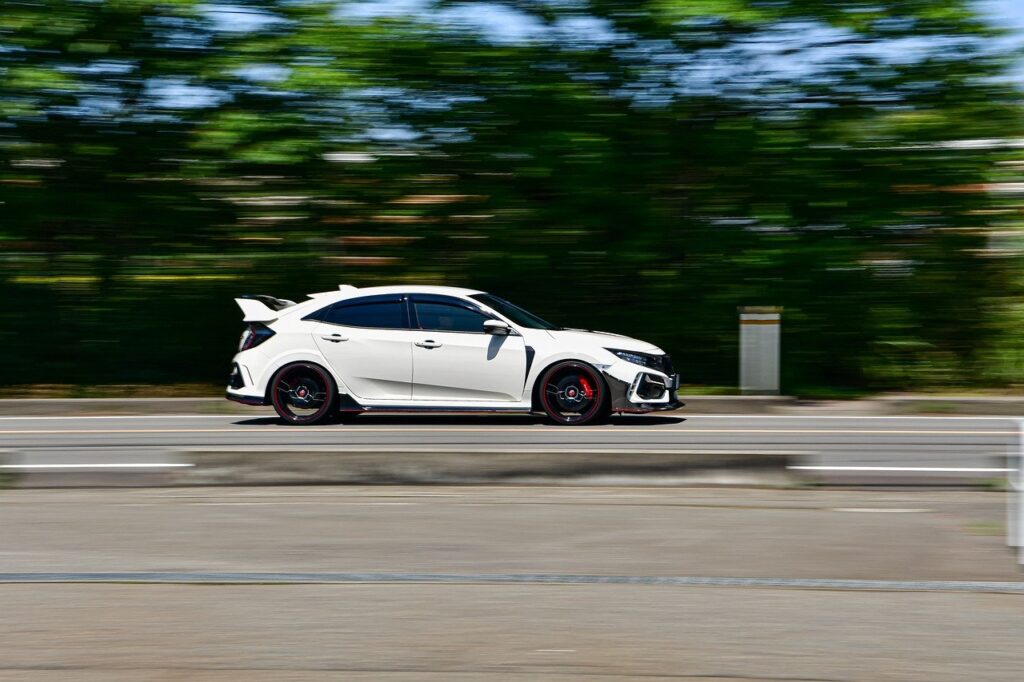
I. Historical Background
The Honda Civic made its debut in 1972 as a subcompact car, a response to the increasing demand for small, fuel-efficient vehicles during the global oil crisis. Honda’s engineering philosophy centered around creating a car that was both economical and enjoyable to drive. The first-generation Civic, with its 1.2-liter engine, front-wheel-drive layout, and compact dimensions, was an immediate success.
Over the years, the Civic has gone through eleven generations, each bringing significant improvements in design, technology, and performance. The Civic’s continuous evolution reflects Honda’s commitment to innovation and adaptability in a competitive market.
First Generation (1972-1979):
The original Civic was a revelation. Its compact size, coupled with impressive fuel efficiency, made it an instant hit, particularly in markets affected by the oil crisis. The introduction of the CVCC (Compound Vortex Controlled Combustion) engine in 1975 allowed the Civic to meet stringent emission standards without a catalytic converter, a significant technological advancement at the time.
Second to Fifth Generations (1980-1995):
These generations saw the Civic transition from a subcompact to a compact car, with increased interior space and more powerful engines. The introduction of the Si model in the mid-1980s added a sporty dimension to the Civic lineup, appealing to driving enthusiasts.
Sixth to Eighth Generations (1996-2011):
During this period, the Civic became more refined and technologically advanced. Honda introduced the first Civic Hybrid in 2003, showcasing the brand’s commitment to environmental sustainability. The design became more aerodynamic, and safety features were enhanced, making the Civic a leader in its class.
Ninth to Eleventh Generations (2012-Present):
The recent generations of the Civic have continued to build on its legacy of innovation. The design has become more aggressive and stylish, with a focus on improving aerodynamics and fuel efficiency. The current eleventh generation, introduced in 2021, features advanced technology, including a digital instrument cluster, a large infotainment screen, and a suite of driver-assist systems.
II. Design and Engineering
One of the key factors behind the Honda Civic’s enduring popularity is its design. Over the years, the Civic has evolved from a simple, utilitarian vehicle to a stylish, modern car that appeals to a broad audience. Honda’s design philosophy emphasizes a balance between form and function, ensuring that the Civic looks good while offering practicality and comfort.
Exterior Design:
The Honda Civic’s exterior has gone through numerous changes, reflecting broader trends in automotive design. Early models were boxy and straightforward, but as the years progressed, the Civic adopted a more aerodynamic and sleek appearance. The latest generation features a bold front grille, sharp LED headlights, and a coupe-like roofline, giving it a sporty and contemporary look.
Interior Design:
The interior of the Honda Civic has always been designed with the driver in mind. Early models were simple and functional, but as technology advanced, so did the Honda Civic’s interior. The current generation offers a high-tech cabin with quality materials, a digital instrument cluster, and a large touchscreen for the infotainment system. Honda has also focused on improving cabin space, ensuring that passengers enjoy comfort and convenience.
Engineering:
Underneath the exterior lies a robust engineering foundation. Honda civic has always been known for its precision engineering, and the Civic is a prime example of this. The car’s chassis is designed for a perfect balance between ride comfort and handling agility. The suspension system has been refined over the years to provide a smooth ride while maintaining the Civic’s trademark responsiveness.
III. Performance and Powertrain Options
The Honda Civic is known for its versatility, offering a range of powertrain options to suit different driving preferences. From fuel-efficient engines to high-performance variants, the Civic has something for everyone.
Engine Choices:
The Honda Civic’s engine lineup has evolved over the years to include a variety of options, ranging from small, economical engines to turbocharged units that deliver impressive power. The current generation offers a 2.0-liter naturally aspirated engine and a 1.5-liter turbocharged engine. The 2.0-liter engine provides a good balance of power and efficiency, while the turbocharged option offers more spirited performance.
Transmission Options:
Honda Civic offers both manual and automatic transmission options for the Honda Civic. The manual transmission is a favorite among driving enthusiasts, providing a more engaging driving experience. The automatic transmission, on the other hand, offers smooth and efficient shifts, making it ideal for daily commuting.
Fuel Efficiency:
Fuel efficiency has always been one of the Honda Civic’s strong points. The combination of lightweight construction, aerodynamic design, and efficient engines allows the Civic to deliver impressive fuel economy. The latest generation continues this tradition, offering fuel economy figures that are among the best in its class.
Performance Models:
For those seeking more excitement, Honda civic offers performance-oriented versions of the Civic, such as the Civic Si and the Civic Type R. The Civic Si, with its turbocharged engine and sport-tuned suspension, offers a thrilling driving experience while remaining practical for daily use. The Civic Type R takes performance to the next level, with a more powerful engine, aggressive styling, and track-ready features.
IV. Technology and Safety Features
The Honda Civic has always been at the forefront of automotive technology. Over the years, Honda has equipped the Civic with the latest tech features, ensuring that it remains competitive in a rapidly evolving market.
Infotainment System:
The Civic’s infotainment system has come a long way from the basic radio and cassette players of the early models. The latest generation features a large touchscreen display, Apple CarPlay, Android Auto, and a premium sound system. Honda has also improved the user interface, making it more intuitive and user-friendly.
Driver Assistance Systems:
Safety is a top priority for Honda, and the Civic is equipped with a comprehensive suite of driver assistance systems. These include adaptive cruise control, lane-keeping assist, forward collision warning, and automatic emergency braking. The inclusion of these features in the Civic’s standard equipment underscores Honda’s commitment to safety.
Connectivity:
Modern drivers expect their cars to be as connected as their smartphones, and the Civic delivers in this regard. In addition to smartphone integration, the Civic offers features such as Bluetooth connectivity, a Wi-Fi hotspot, and wireless charging. These features enhance convenience and keep drivers connected on the go.
V. Environmental Impact and Sustainability
Honda has long been a leader in environmental sustainability, and the Civic is a key part of this commitment. Over the years, Honda has introduced various technologies to reduce the Civic’s environmental footprint.
Fuel Efficiency and Emissions:
The Civic’s emphasis on fuel efficiency has a direct impact on its environmental performance. By offering engines that deliver excellent fuel economy, the Civic helps reduce carbon emissions. Honda’s engineers have also worked to minimize emissions through advanced engine technology and lightweight materials.
Hybrid and Electric Options:
In 2003, Honda introduced the Civic Hybrid, one of the first hybrid vehicles on the market. The hybrid version of the Civic offered even greater fuel efficiency and lower emissions. While Honda has shifted its focus to other hybrid models in recent years, the Civic remains a symbol of the company’s commitment to green technology.
Recyclability:
Honda has also made strides in ensuring that the Civic is environmentally friendly at the end of its lifecycle. The company uses recyclable materials in the construction of the Civic and has implemented processes to reduce waste during production.
VI. Cultural Impact and Popularity
The Honda Civic is more than just a car; it’s a cultural icon. Over the years, the Civic has gained a loyal following, becoming a symbol of reliability, affordability, and performance.
In Popular Culture:
The Civic has appeared in numerous films, television shows, and video games, often depicted as the quintessential “tuner car.” The Civic’s popularity in the aftermarket tuning community has made it a favorite for customization, with countless enthusiasts modifying their Civics for performance and style.
Global Popularity:
The Civic’s appeal is truly global, with strong sales in markets around the world. Its combination of affordability, reliability, and performance has made it a best-seller in countries ranging from the United States to Japan to the United Kingdom. The Civic’s popularity is a testament to Honda’s ability to create a car that resonates with a wide audience.
Resale Value:
One of the reasons for the Civic’s enduring popularity is its strong resale value. The Civic consistently ranks among the top vehicles in terms of resale value, thanks to its reputation for reliability and low cost of ownership. This makes the Civic a smart investment for buyers looking for a car that will hold its value over time.
VII. Future Prospects
As the automotive industry shifts towards electric and autonomous vehicles, the future of the Honda Civic looks promising. Honda has already announced plans to electrify its lineup, and it’s likely that the Civic will play a key role in this transition.
Electrification:
Honda has set ambitious goals for reducing its carbon footprint, and electrification is a central part of this strategy. While the Civic currently does not have a fully electric version, it’s possible that future generations will include hybrid or electric variants as Honda continues to innovate in this area.
Autonomous Driving:
The future of driving is increasingly autonomous, and Honda is at the forefront of developing self-driving technology. The Civic may eventually include advanced autonomous features, making driving safer and more convenient.
Sustainability:
Honda’s commitment to sustainability will likely shape the future of the Civic. Expect to see further improvements in fuel efficiency, the use of eco-friendly materials, and advances in manufacturing processes that reduce the environmental impact of producing the Civic.
Conclusion
The Honda Civic is more than just a car; it’s an enduring symbol of Honda’s commitment to quality, innovation, and customer satisfaction. From its humble beginnings in the 1970s to its current status as a global icon, the Civic has continually evolved to meet the needs of drivers around the world. With its blend of reliability, performance, and cutting-edge technology, the Civic remains a benchmark in the compact car segment. As the automotive industry continues to evolve, the Civic is poised to remain a leader, offering drivers a car that is as relevant and exciting today as it was over 50 years ago.
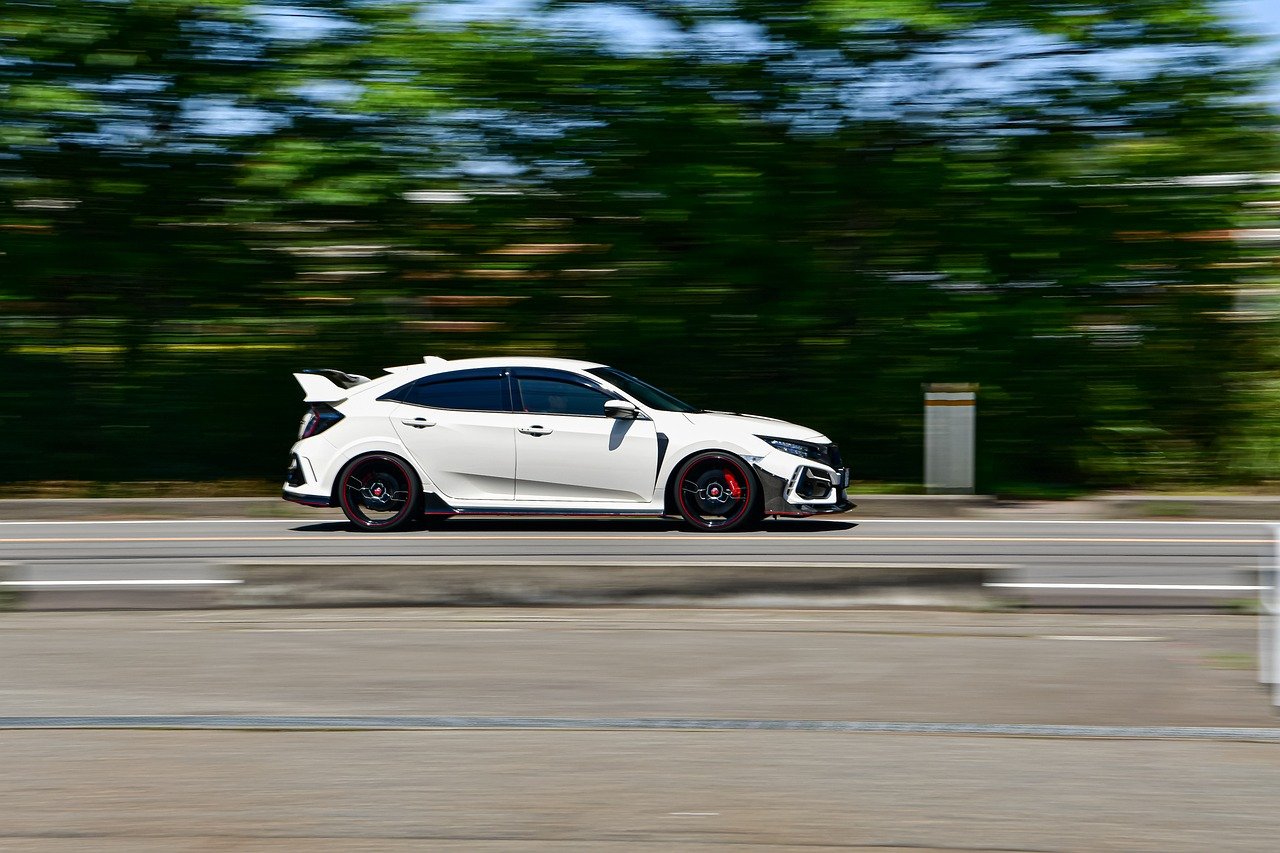
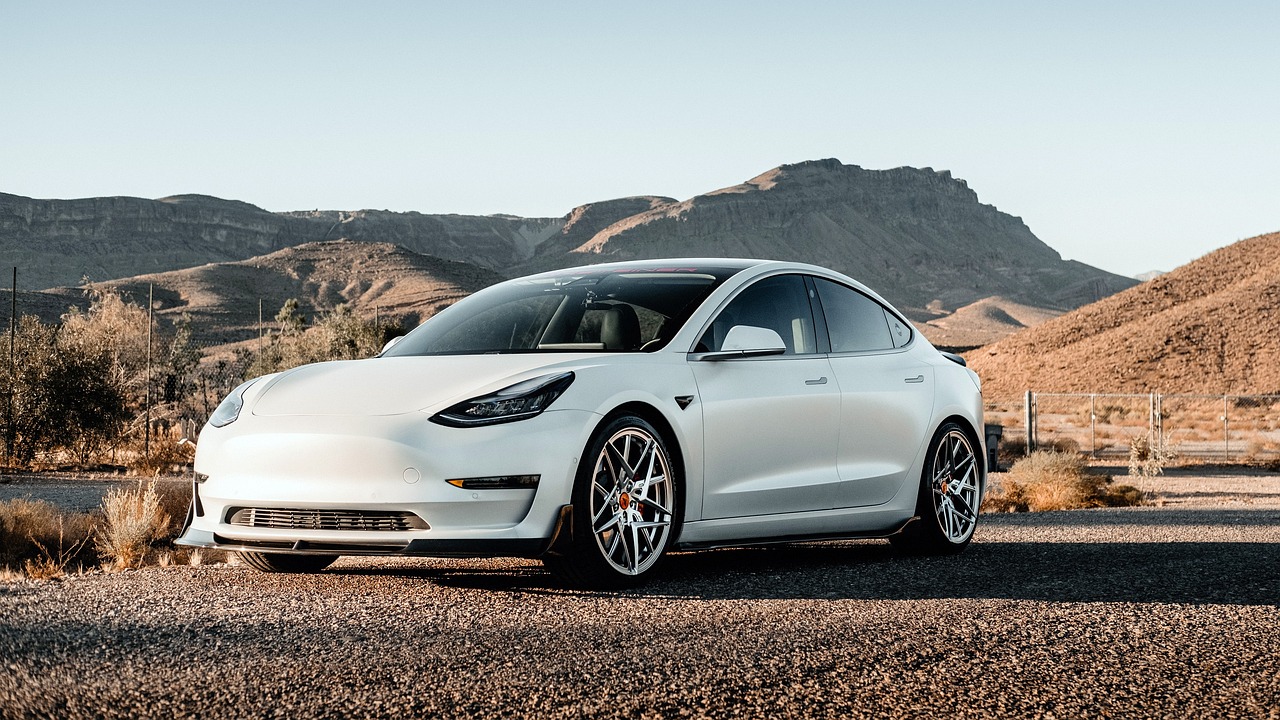

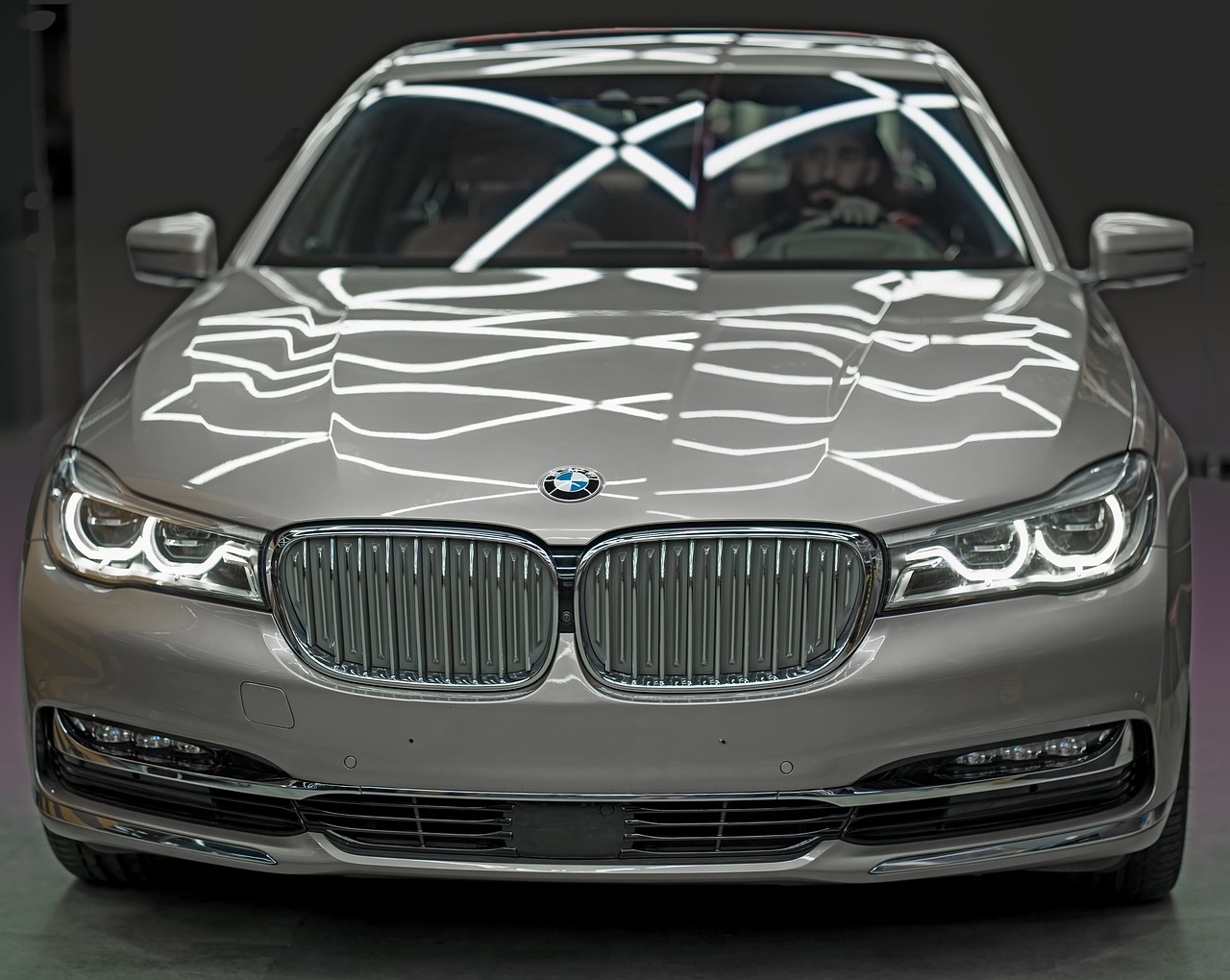
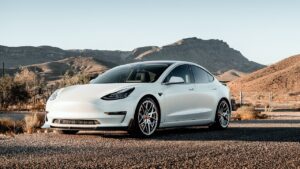

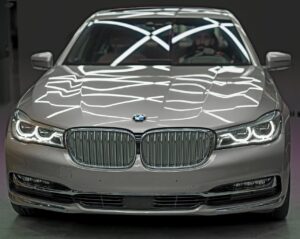


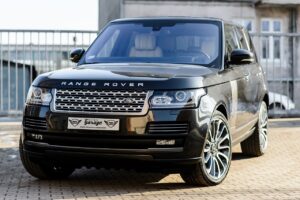



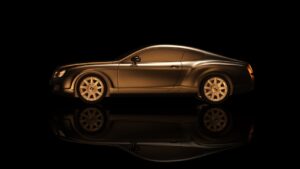
Post Comment